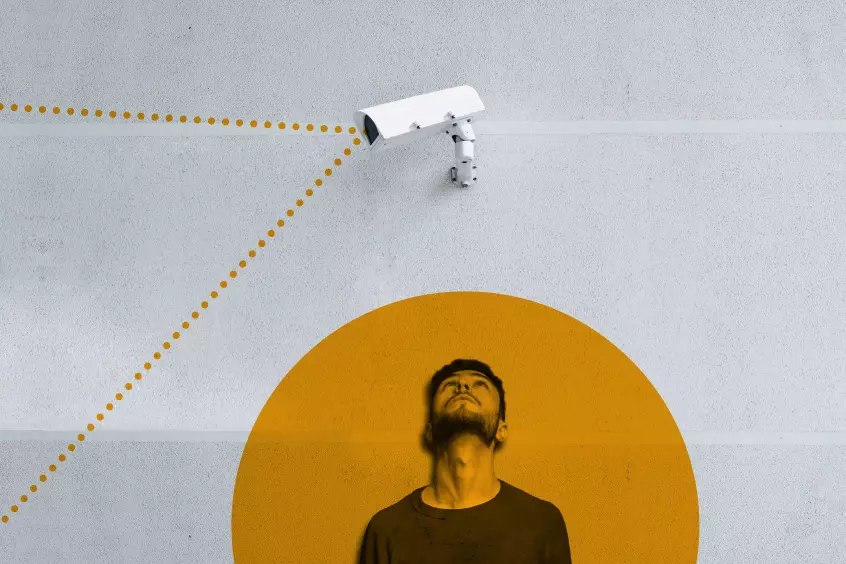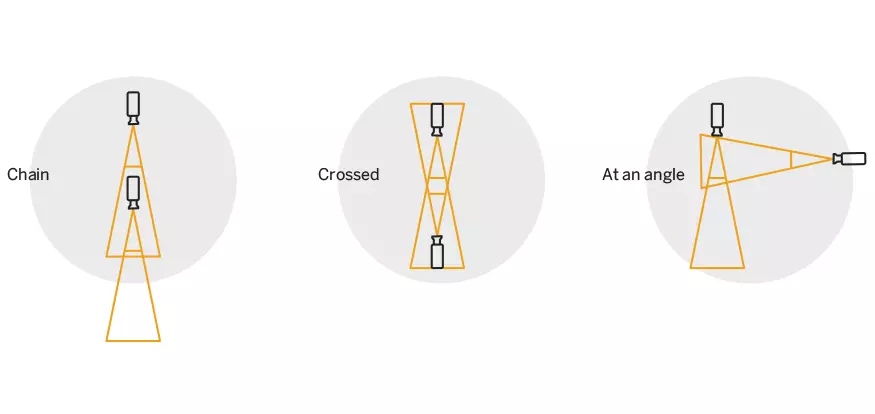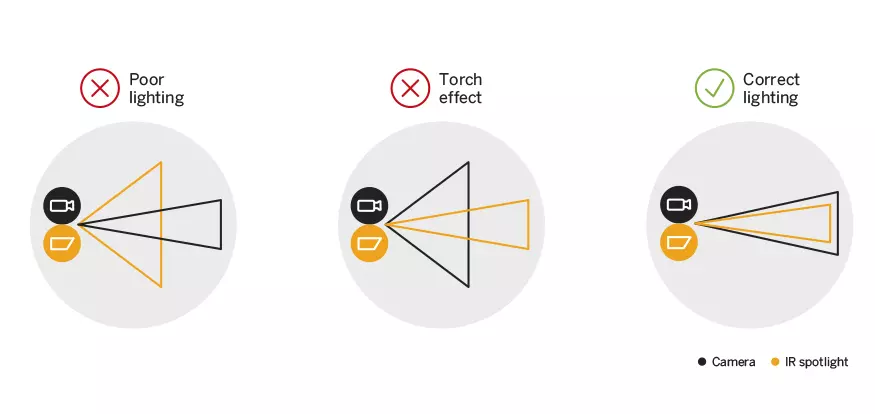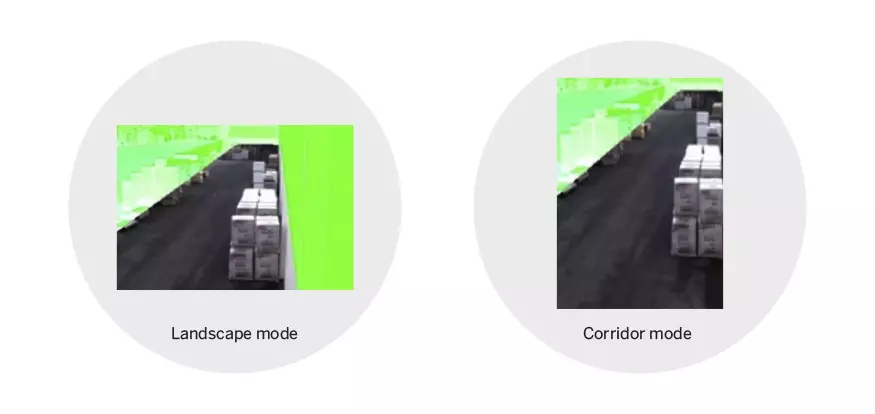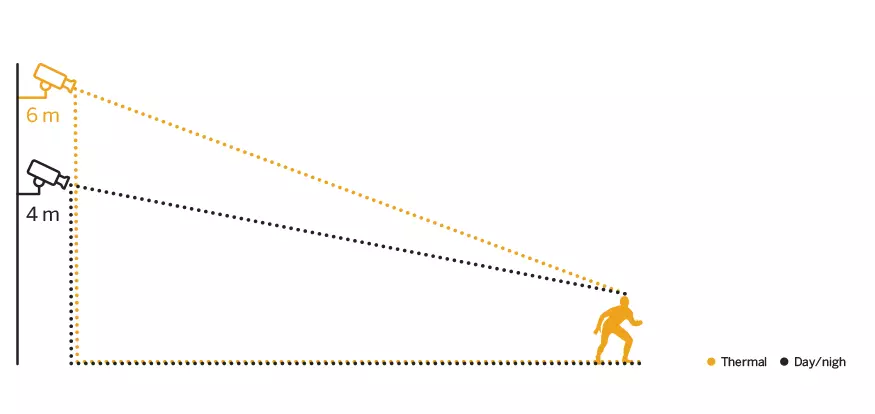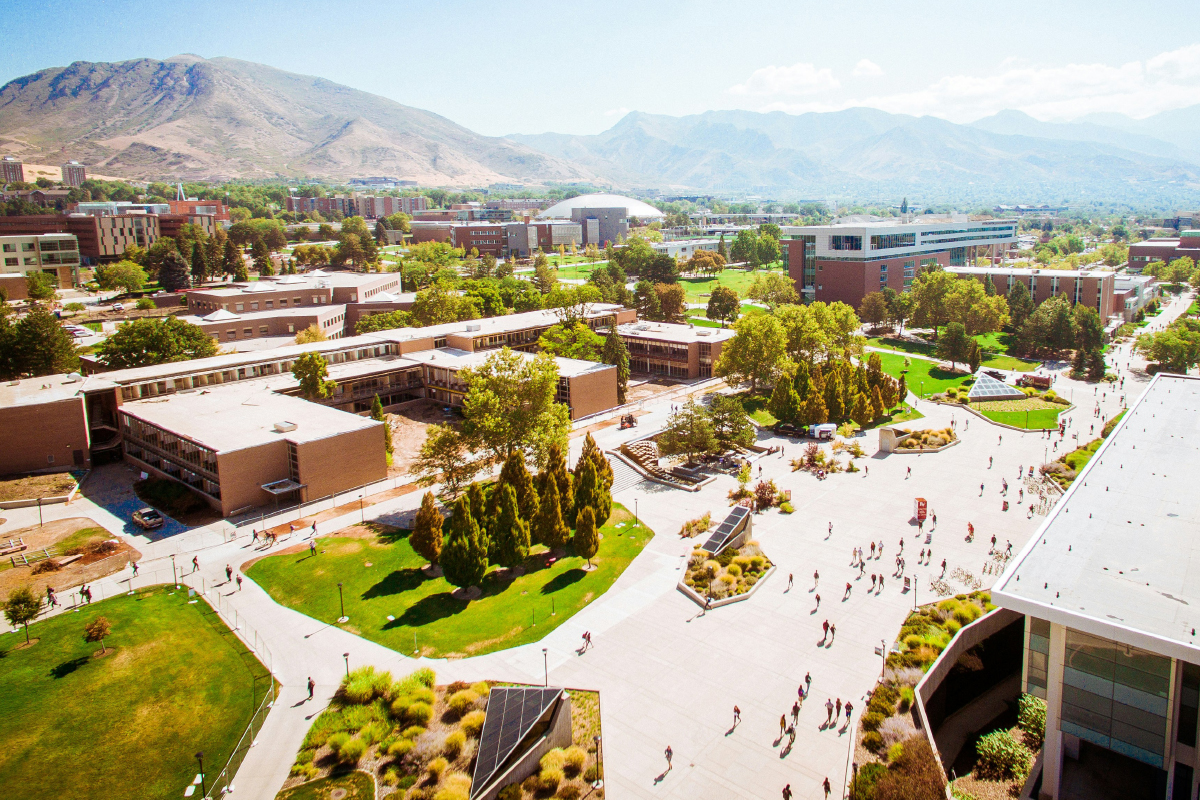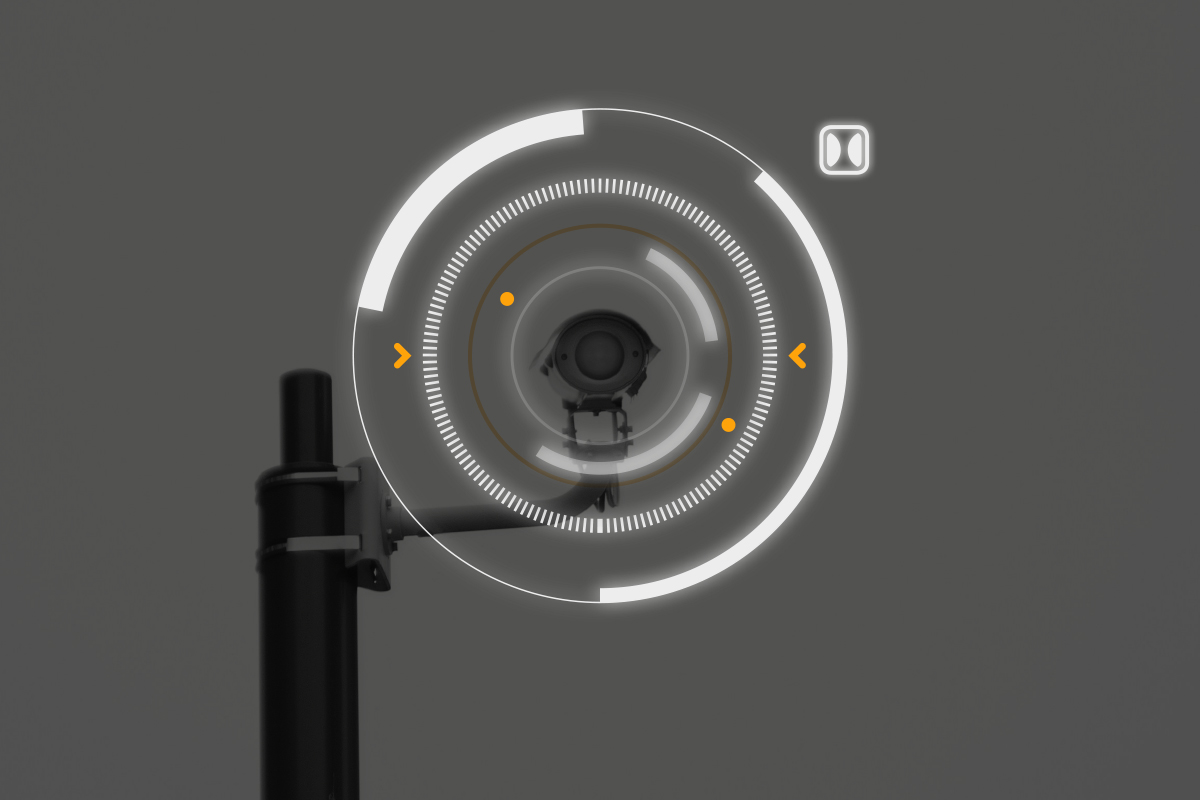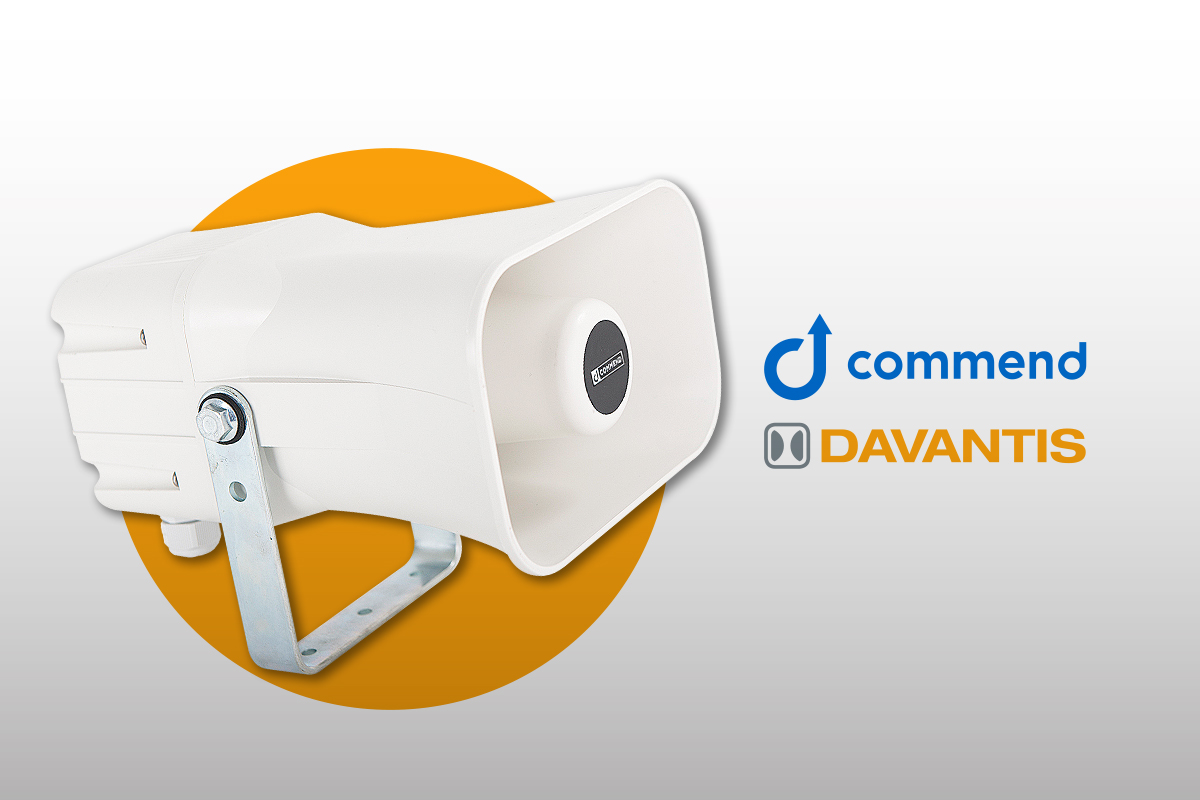The ultimate aim of perimeter security systems is to safeguard assets from theft and vandalism. For superior, reliable site coverage, system designers and installers must take care to mount cameras appropriately. For optimal results, a security project planner should be used to avoid leaving blind spots and dead zones without protection. One excellent option is our free Site Planning Tool platform, the ideal choice to design fool-proofed personalised video analytics projects with CCTV cameras.
What are blind spots/dead zones? Read all about it here!
These are areas under cameras where the camera cannot view and film the ground. To avoid this, camera positioning should be planned so that the dead zone of one CCTV camera is covered by another camera’s field of view. There are several options to configure a system and address these dead zones:
Placing the camera: overlapping fields of vision
Dead zones are dealt with by ensuring that the one camera’s field of view covers other cameras’ dead zones totally or partially. In other words, the cameras should cover each other’s dead zones. Overlapping the fields of view around the site perimeter makes video surveillance systems more effective.
To prevent “dead zones” and tighten up the performance of your site security system, it is essential to check that each camera covers and secures detection as far as the previous camera’s blind spot. Cameras must have an unrestricted view of the area to monitor. This can be achieved by considering several factors when placing the cameras:
Consider lighting on the site
Lighting is a key consideration for capturing high-quality images and increasing the detection rate. The choice of lighting depends on the distance between the camera location and the area to protect. There are IR spotlights available with different wavelengths that address these challenges according to the space to illuminate, whether 60-70 metres or >200 m to properly light distances of up to 120 m.
As well as intensity/distance, the IR spotlight must have the same field of vision. We recommend installing an IR lamp for night-time surveillance positioned 50-100 cm below the camera to enhance visibility and reduce false positives.
Types of video surveillance cameras
The type of camera to use will depend on the specifics of the system. Image quality and the cameras’ field of vision also have an enormous influence on the effectiveness of a security system. Day and night video surveillance cameras with Wide Dynamic Range (WDR) improve image contrast in dark or shady areas.
It is common in perimeter security projects to find that when protecting a perimeter, some areas require coverage with a vertical rather than a horizontal layout, a problem easily solved with our “Corridor View” feature. The DAVANTIS corridor view captures a vertical image, covering a larger detection surface than a standard horizontal mode and reducing the dead area under the camera.
Camera height
The ideal mounting height for day/night cameras is four metres, but the minimum is three metres. In the case of thermal cameras, the recommended height is six metres, and the minimum is four. These recommended heights guarantee an optimal detection angle and minimise any dead zones in the area to protect.
The cameras must be installed on a rigid, stable surface (a wall, for example) to reduce camera shake.
If you want to keep blind spots to a minimum in your perimeter security system, our Site Planning Tool is extremely useful.
How does the Site Planning Tool work?
It is a 100% free and reliable tool. You can use it to simulate a hypothetical installation to find optimal positions for the security devices and determine what each customer needs. The Site Planning Tool allows you to design, create and install a successful perimeter security system, anticipating any potential obstacles like dead zones and blind spots that threaten security.
Would you like to improve your CCTV perimeter security video surveillance system? Contact us!
